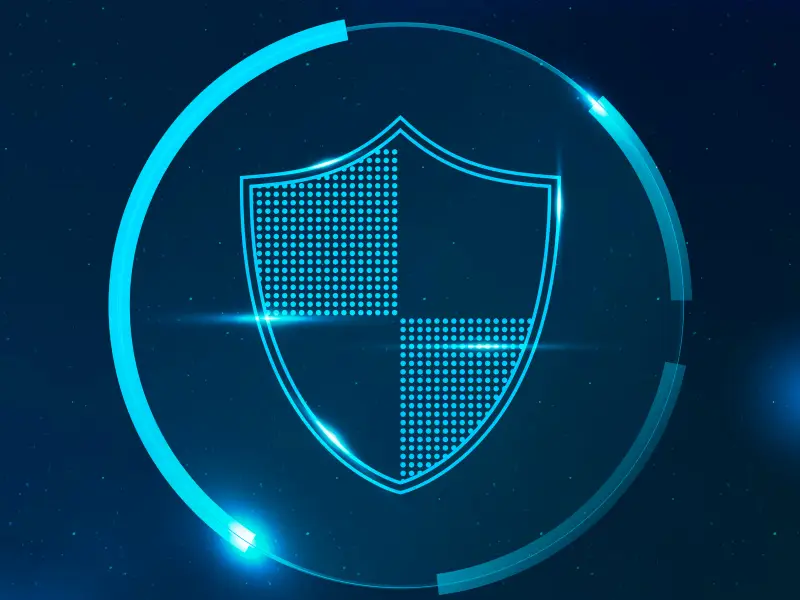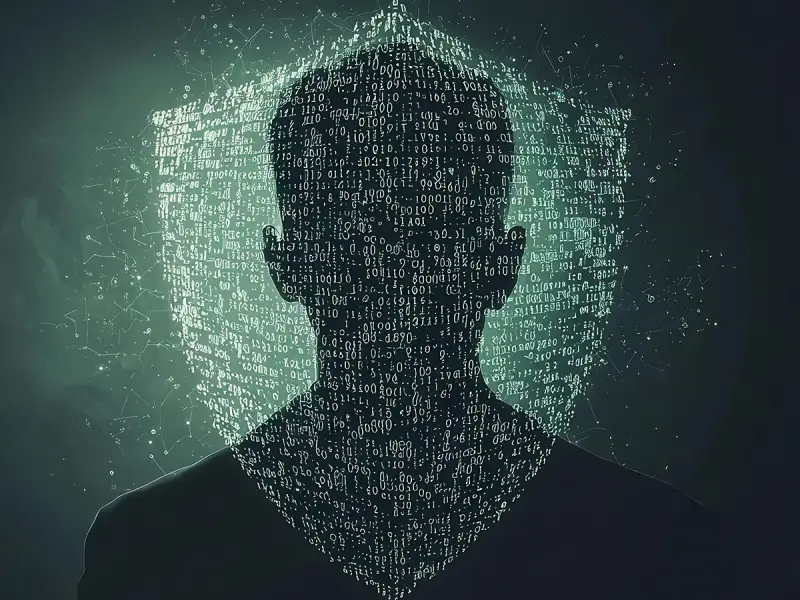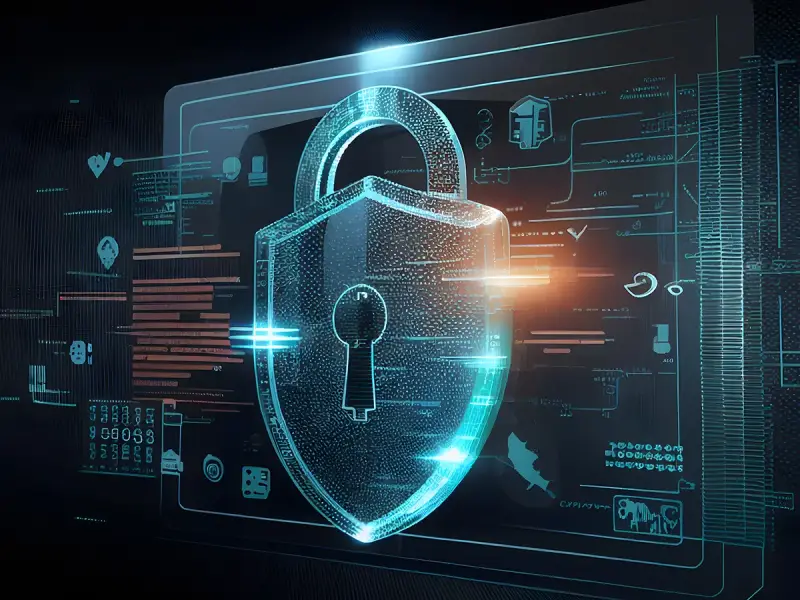Let’s face it – cybersecurity in 2025 is a mess. Bad guys keep slipping past our defenses like they’ve got the keys to the front door, and security teams are working overtime just to keep up. In this crazy environment, deception technology has become something of a secret weapon, especially when it’s built into XDR platforms. It plays a crucial role in a comprehensive cyber defense strategy by utilizing decoys and lures to detect and mitigate cyber threats, thereby enhancing overall security.
From Perimeter Defense to Active Threat Hunting: The Evolution to XDR in a Comprehensive Cyber Defense Strategy
Remember when we believed a strong firewall was all we needed for security? Those days are LONG gone. We’ve had to ditch that whole “build a big wall” security approach because it just doesn’t work anymore. Today, any seasoned security professional understands that breaches aren’t a matter of ‘if’ but ‘when.’
That reality check is basically what pushed XDR into existence. It evolved from EDR by expanding the view beyond endpoints. Instead of just watching computers, we’re now keeping tabs on networks, cloud environment, email systems – basically anywhere attackers might be lurking. XDR pulls together all this scattered data from different security tools, giving teams one place to see everything and respond quickly.
But here’s the problem – even the fanciest XDR tools struggle against attackers who know how to stay quiet and move slow.
That blind spot?
That’s where deception technology proves invaluable, enhancing XDR in a way that no other solution can. Cyber deception plays a crucial role in modern cybersecurity by misleading attackers and providing critical intelligence on their tactics, which is essential for proactive defense against sophisticated threats like ransomware.
Not all XDRs are created equally, know what to look for in your vendor
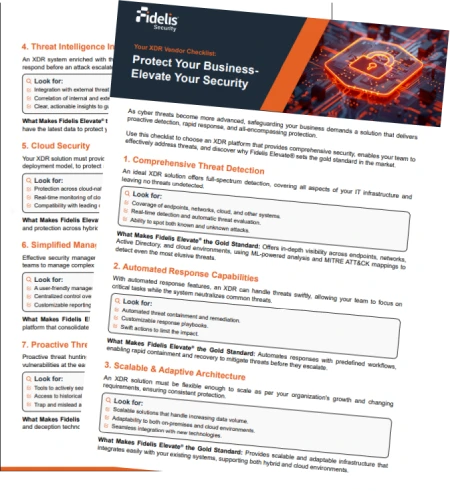
Deception Technology: How to Trap a Hacker
Think of deception as setting up fake treasures throughout your network. A deception solution creates a fake attack surface to lure and trap potential cyber attackers. Unlike regular security tools that look for known threats or suspicious behavior, deception basically creates a simulated environment that disrupts and derails an attacker’s strategy.
The typical toolkit has:
- Decoys – Fake servers, apps, and systems that look legit but aren’t connected to anything important
- Breadcrumbs – Planted credentials, documents, and network paths that lead attackers into your traps
- Trip alarms – Monitoring that alerts your team when someone takes the bait
- Intelligence tools – Tool that lets you watch what attackers do once they’re caught
The best part? Super clear signals. Since legitimate users have no reason to interact with decoys, any engagement is a clear indicator of suspicious activity. No more guessing games.
When Deception and XDR Team Up
Integrating deception technology into your XDR platform unlocks powerful capabilities, enhancing threat detection and response in innovative ways.
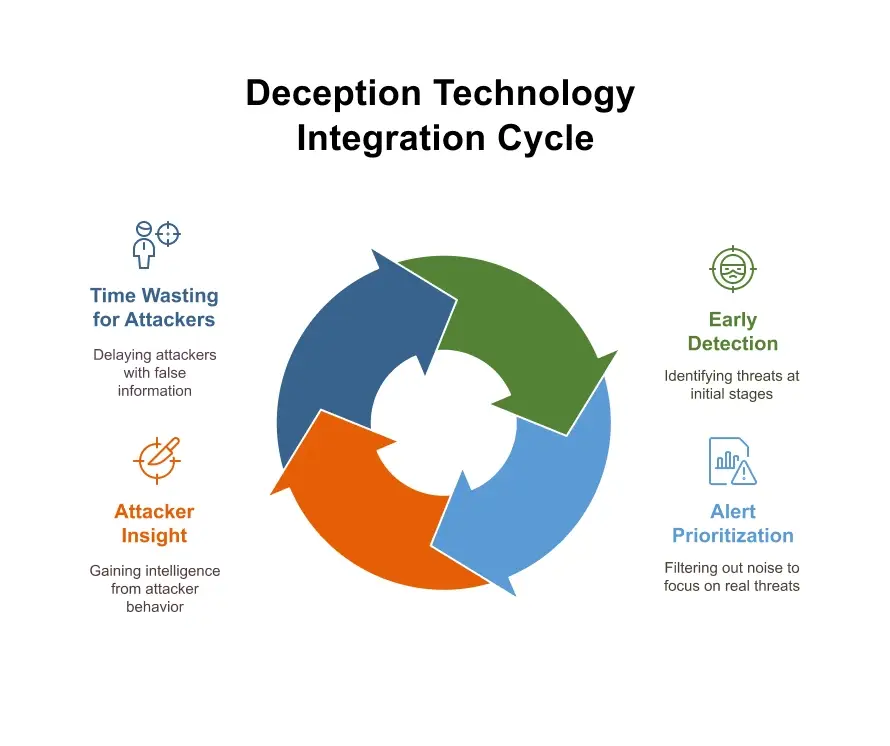
-
Early Detection
Deception is killer at catching attackers during early stages – while they’re still poking around or trying to move between systems. By scattering decoys throughout your environment, you catch them before they even get close to your real assets. When an attacker interacts with these decoys or fake assets, the system triggers a deception alert to notify security teams of possible malicious activity, allowing for a quick response to mitigate threats.
Regular security tools might miss attackers who move super slow, but deception lays down tripwires that are practically invisible. -
Your Analysts Gain Clarity and Control
Anyone who’s worked security operations knows the absolute nightmare of alert fatigue – that flood of notifications that never stops, and half of them are of no use anyway. Deception cuts through that noise. Since legitimate users have ZERO reason to mess with decoys, any alert from your deception environment is worth dropping everything to check out. Deception capability triggers, such as fake assets and accounts, enhance this by enabling real-time monitoring and response to unauthorized interactions with these false hosts.
This lets your team focus on real problems instead of chasing ghosts all day. -
You Get Inside the Attacker's Head with Fake User Accounts
Beyond just catching bad guys, deception rules give you a peek at how they operate. By watching what they do with your decoys, you learn their goals, tools, and favorite tricks.
This intel feeds back into your XDR, making everything sharper. Teams use these insights to:
- Fix detection blindspots
- Patch up weak spots they didn’t know they had
- Create better response playbooks
- Find similar attacks hiding elsewhere
-
You Make Attackers Waste Time
Deception doesn’t just detect attackers – it actively messes with them. When they stumble into your web of fake user accounts, fake assets, and misleading info, they burn hours trying to figure out what’s real. This buys your team precious time to spot them, analyze what they’re up to, and shut them down.
It’s like swapping a straightforward maze with one where half the paths are just painted on the wall – suddenly, you’ve got all the advantages.
Real Problems Deception Actually Solves
Deception technologies + XDR tackles some seriously tough security headaches:
Insider Threats - When the Call is Coming from Inside the House
Insiders with legit access are a nightmare to catch with regular tools. Deception creates juicy-looking decoys (think “Executives-Only Financial Projections.xlsx”) that even authorized users have no business opening. When someone accesses this, red flags go up immediately.
When Ransomware Comes Knocking
Deception works amazingly well against ransomware. Set up honeypot files that scream bloody murder when encrypted, and you’ll catch ransomware before it locks up your actual important assets. Your XDR platform can then automatically quarantine affected systems before the damage spreads.
When Zero-Days Strike
Traditional defenses tank against zero-day vulnerabilities because there’s nothing to match against. Deception doesn’t care about patterns – it just notices when someone’s messing with your decoys, which makes it surprisingly effective against attacks using unknown vulnerabilities.
When Everything's in the Cloud
As more data moves to the cloud, securing these environments gets trickier by the day. Deception can put cloud-specific decoys like fake S3 buckets or container instances to catch cloud-focused attackers.
Fidelis Deception®: Real-World Implementation
Fidelis Security has become a major player in this space, offering solid deception capabilities as part of their Fidelis Elevate® XDR platform. Their approach actually lightens the workload for security teams instead of adding to it.
Fidelis Deception® automatically and continuously maps your cyber terrain, calculating asset risk, and determining where adversaries are most likely to strike. With minimal effort on your part, Fidelis Deception® uses machine learning and intelligence to create decoys from real assets, emulated services, OSs, containers, cloud assets, and enterprise IoT devices.
Some standout features:
-
Automatically Generates Decoy Accounts
Fidelis Deception® automatically generates decoy accounts and deploys realistic decoys based on what’s already in your environment. This keeps things believable while saving your team from doing tons of manual work.
The system keeps refreshing, lures and breadcrumbs, decoys, and fake active directory accounts to keep the deception layer realistic and fresh. This stops attackers from spotting patterns that would tip them off. -
Covers All Your Bases
Fidelis offers tons of different decoy types:
- Hardware decoys: Everything from laptops and servers to routers, cameras, and IoT gadgets
- Software decoys: Operating systems, applications, ports, and services
- Cloud decoys: Cloud OS, applications, OneDrive, SharePoint, and user accounts, including created user accounts as decoy accounts
-
Alerts That Don't Waste Your Time
One huge advantage of Fidelis Deception® is that it generates alerts you can actually trust. As there is no valid reason for anyone or any process to access a deceptive object, Fidelis Deception® alerts are a true call to action. This cuts the noise and helps your team focus on actual threats.
-
Works With Everything Else
While it’s solid standalone, Fidelis Deception® really shines when plugged into the broader Fidelis XDR platform, which can also generate its own decoy accounts. Unifying it in the Fidelis Elevate® open and active eXtended Detection and Response platform delivers contextual visibility and rich cyber terrain mapping across the full IT landscape.
This lets security teams connect deception alerts with other security data for better threat hunting and incident response.
- Know Your Environment
- Understand the Depth of Your Deception Layers
- Consider Reducing Time and Effort with Automation
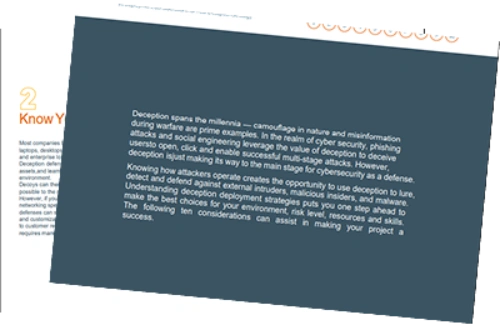
Making It Work: Challenges & Tips
While deception offers huge benefits with XDR, there are some hurdles to consider:
When setting up deception, a ‘default rule’ is automatically established and activated, generating decoy accounts and hosts, specifically targeting Windows client devices. This default rule is intended to streamline the deployment of lures and can be adjusted as necessary to fit specific organizational needs.
Resource Reality Check
Setting up and maintaining a good deception environment takes resources and know-how. Organizations should:
- Start small with high-value targets and likely attack paths
- Use automation wherever possible
- Create clear processes for handling deception alerts
- Train security teams properly
Keeping It Convincing
For deception to work, attackers have to believe your decoy accounts are real. Static or obviously fake decoys get spotted and ignored. To fix this:
- Make decoys that closely mirror your actual systems
- Update them regularly as your environment changes
- Use automation to keep everything fresh
- Mix up your decoy types across different attack vectors
Fitting Into Your Security Program
Deception should slide right into your existing security operations:
- Create specific playbooks for deception alerts
- Feed what you learn into threat hunting
- Use attacker techniques to strengthen other defenses
- Track deception metrics in your security reports
- How to deploy "hacker honeypots"
- 3 deception mistakes
- Real-world case studies
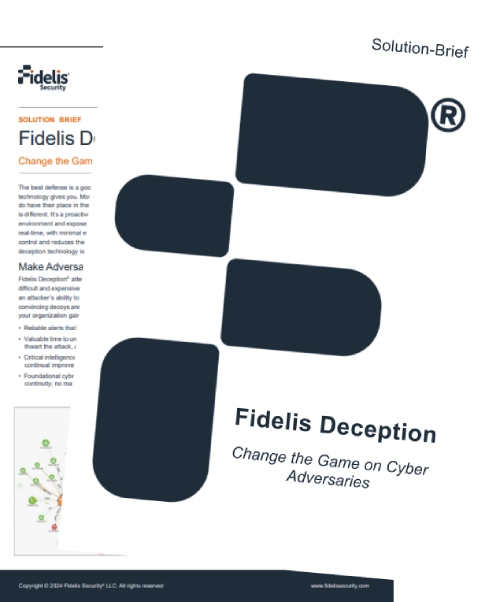
What's Coming Next for Deception + XDR
As threats keep evolving, deception within XDR platforms will likely develop in a few key areas:
Future developments will also focus on enhancing security measures and deception capabilities.
-
Smarter Deployment
Future deception tools will likely get better at deployment:
- Creating contextually appropriate decoys automatically
- Building more interactive environments that keep attackers engaged longer
- Adapting the deception layer as threats change
- Better analysis of attacker behavior to improve strategies
-
Better Cloud Protection
As cloud adoption speeds up, deception will evolve for cloud-native environments:
- Decoys for serverless functions, containers, and microservices
- Cloud-specific breadcrumbs and lures
- Better integration with cloud security tools
- Multi-cloud capabilities that work across AWS, Azure, and GCP
-
Automated Responses
Future deception will move beyond just detection:
- Automatic quarantine of systems that touch decoys
- Dynamic security control adjustments based on deception alerts
- Automated threat hunting kicked off by deception activity
- Tighter integration with security orchestration tools
Bottom Line
Deception technology gives XDR platforms superpowers, helping you catch threats earlier, cut down on alert noise, and learn how attackers operate. By creating environments where attackers expose themselves, you can detect and respond to threats more effectively.
Fidelis Security’s approach shows where things are headed. As threats get more sophisticated, adding deception to XDR isn’t just a nice-to-have – it’s becoming essential for serious security programs.
The shift from playing defense to actively controlling the battlefield depends on tools like deception-enhanced XDR that can spot attackers early, generate reliable alerts, and provide intel that strengthens your whole security program. In today’s world, deception isn’t a luxury – it’s becoming a core part of how we defend our systems.

